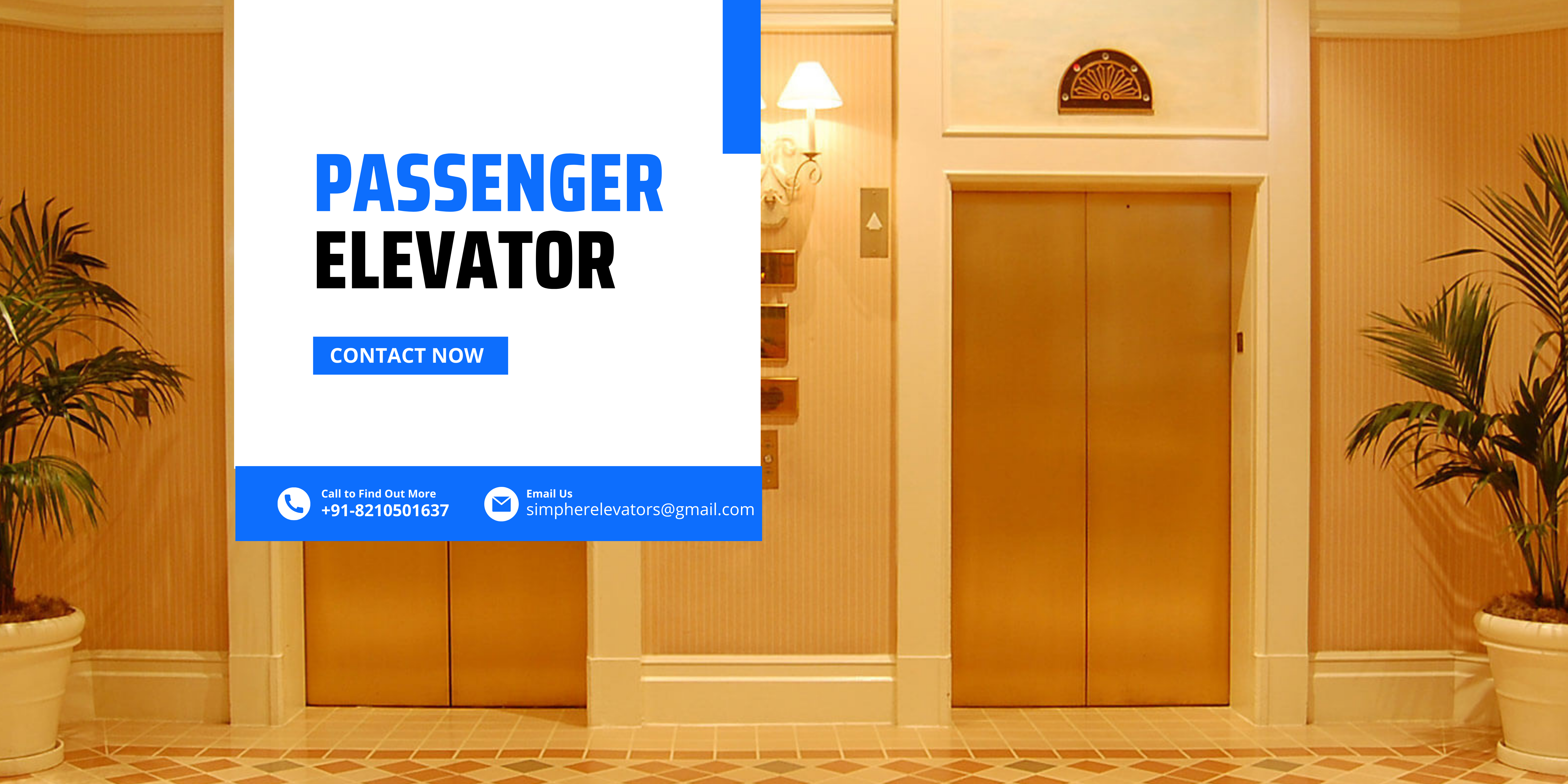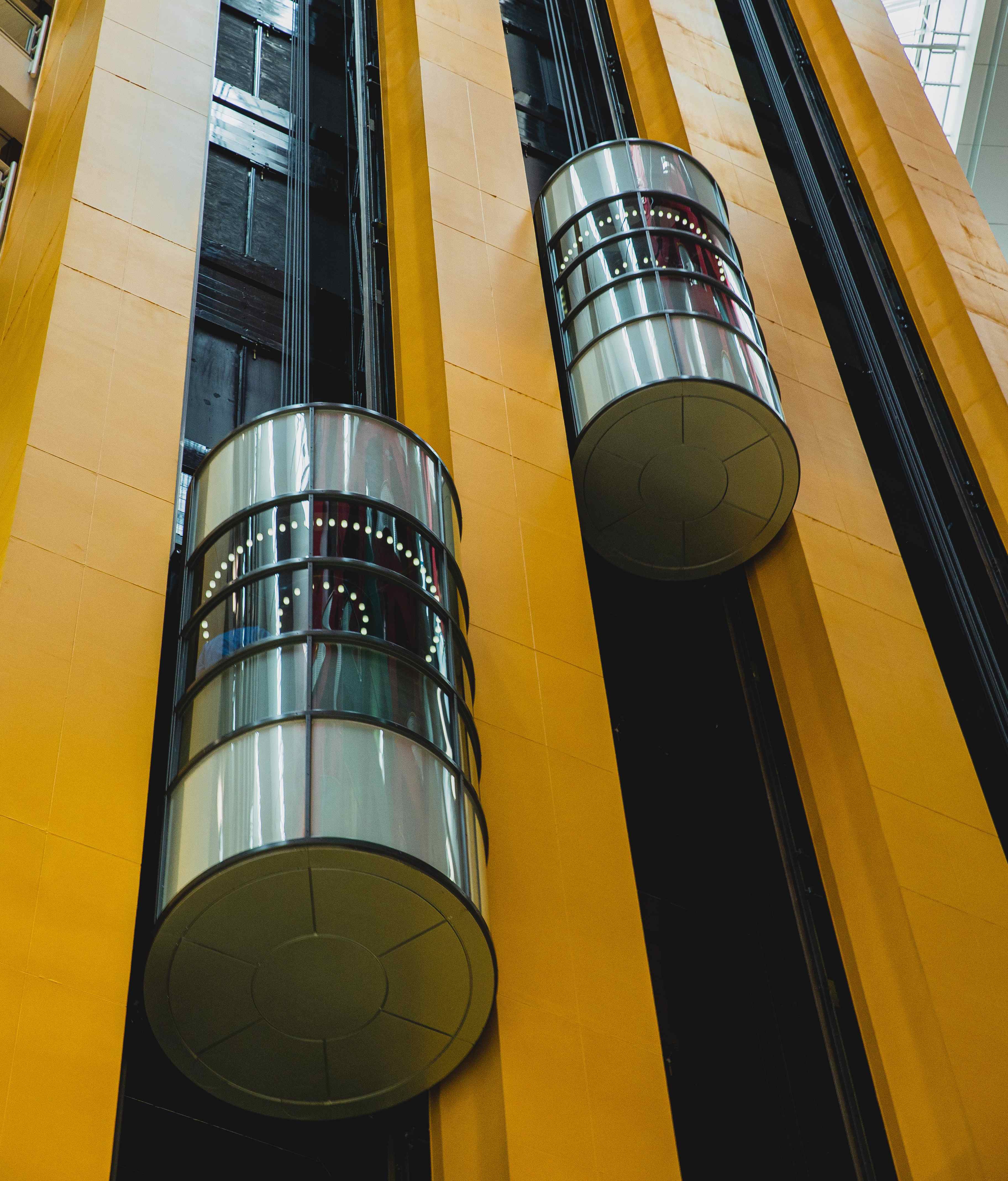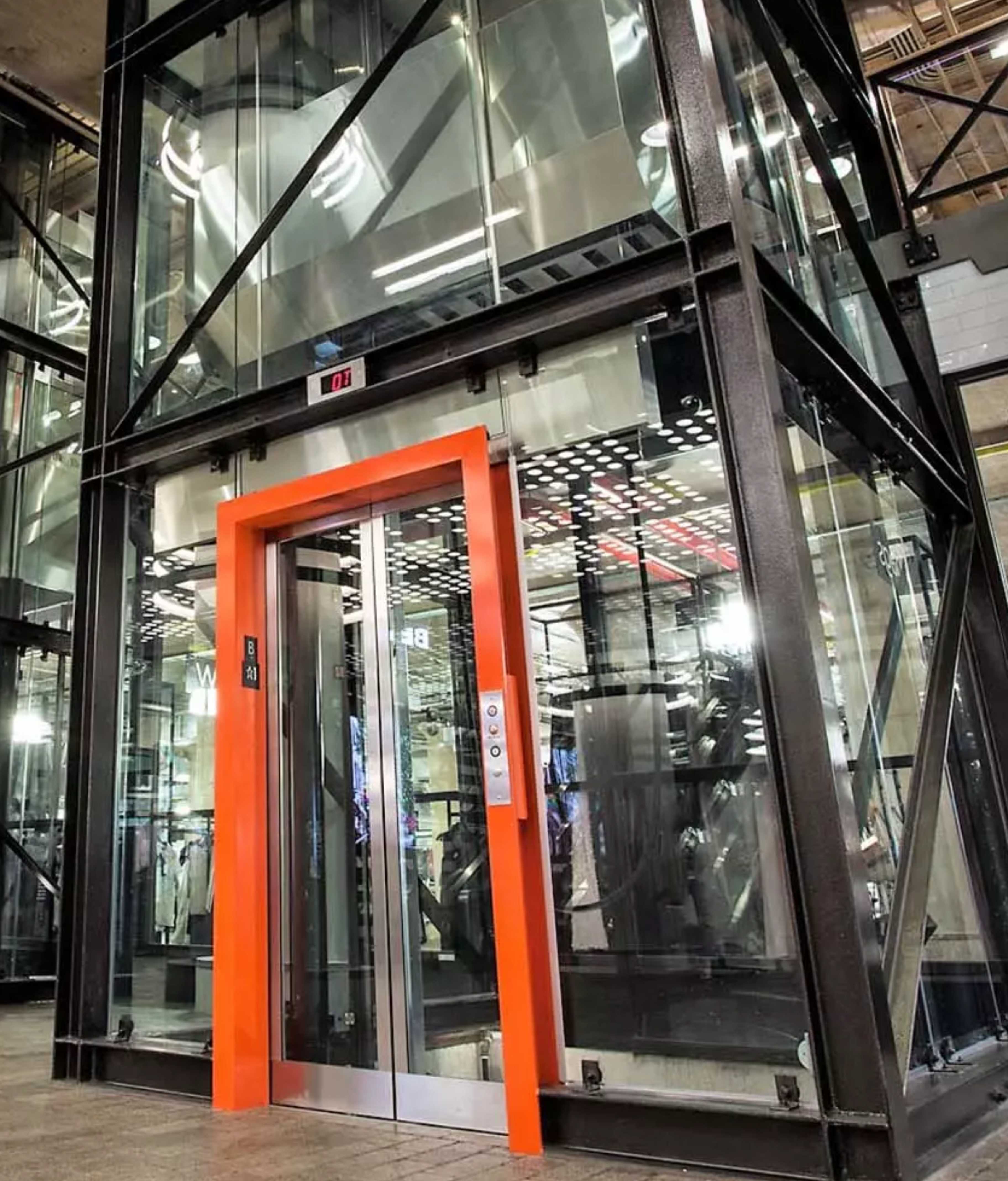
Passenger Elevator
Passenger elevators are sophisticated vertical transportation systems designed to move people safely and efficiently between different floors of buildings. From skyscrapers and hotels to shopping malls and residential complexes, these elevators have become an integral part of modern urban life, enhancing accessibility and convenience for people of all ages and abilities. With their advanced technology, safety features, and design versatility, passenger elevators have revolutionized the way we navigate tall structures, enabling us to reach new heights with ease and comfort.
History and Evolution:
The concept of elevators dates back centuries, with early examples of primitive lifting devices powered by human or animal labour. However, the advent of steam-powered and later electric-powered elevators in the 19th century transformed vertical transportation. Elisha Otis's invention of the safety brake in 1852 revolutionized elevator safety, paving the way for their widespread adoption in taller buildings. Over time, elevators evolved to become faster, more efficient, and capable of handling higher loads, allowing for the construction of ever-taller structures.
Design and Components:
Passenger elevators consist of several essential components working in tandem to provide smooth and reliable transportation:
Elevator Car: The elevator car is the compartment in which passengers stand or sit during their ride. It is designed with safety, comfort, and aesthetics in mind, often featuring handrails, lighting, and stylish interiors.
Hoistway: Also known as the elevator shaft, the hoistway is a vertical passageway that encloses the elevator car's movement between floors. It must be structurally sound to support the elevator's weight and handle the loads.
Traction System: Most modern passenger elevators use a traction system, where steel ropes or belts are attached to the elevator car and counterweight. These ropes run over a traction sheave, which is driven by an electric motor, allowing the elevator to ascend and descend smoothly.
Counterweight: The counterweight is a weight connected to the opposite side of the ropes or belts, balancing the load of the elevator car. This design minimizes the energy required to move the car, making the system more efficient.
Control System: The control system is the brain of the elevator, managing its movement, floor selection, door operations, and safety features. Advanced destination control systems optimize passenger flow and reduce waiting times.
Types of Passenger Elevators: Passenger elevators come in various types, each catering to specific building needs and user requirements:
Standard Passenger Elevators: These are the most common elevators found in commercial buildings, offices, and residential complexes, providing efficient transportation for multiple floors.
High-Speed Elevators: Primarily used in tall buildings, such as skyscrapers and high-rise hotels, high-speed elevators offer faster travel between floors, reducing wait times for occupants.
Low-Rise Elevators: Designed for buildings with fewer floors, low-rise elevators operate at slower speeds, making them ideal for small residential buildings and low-rise offices.




